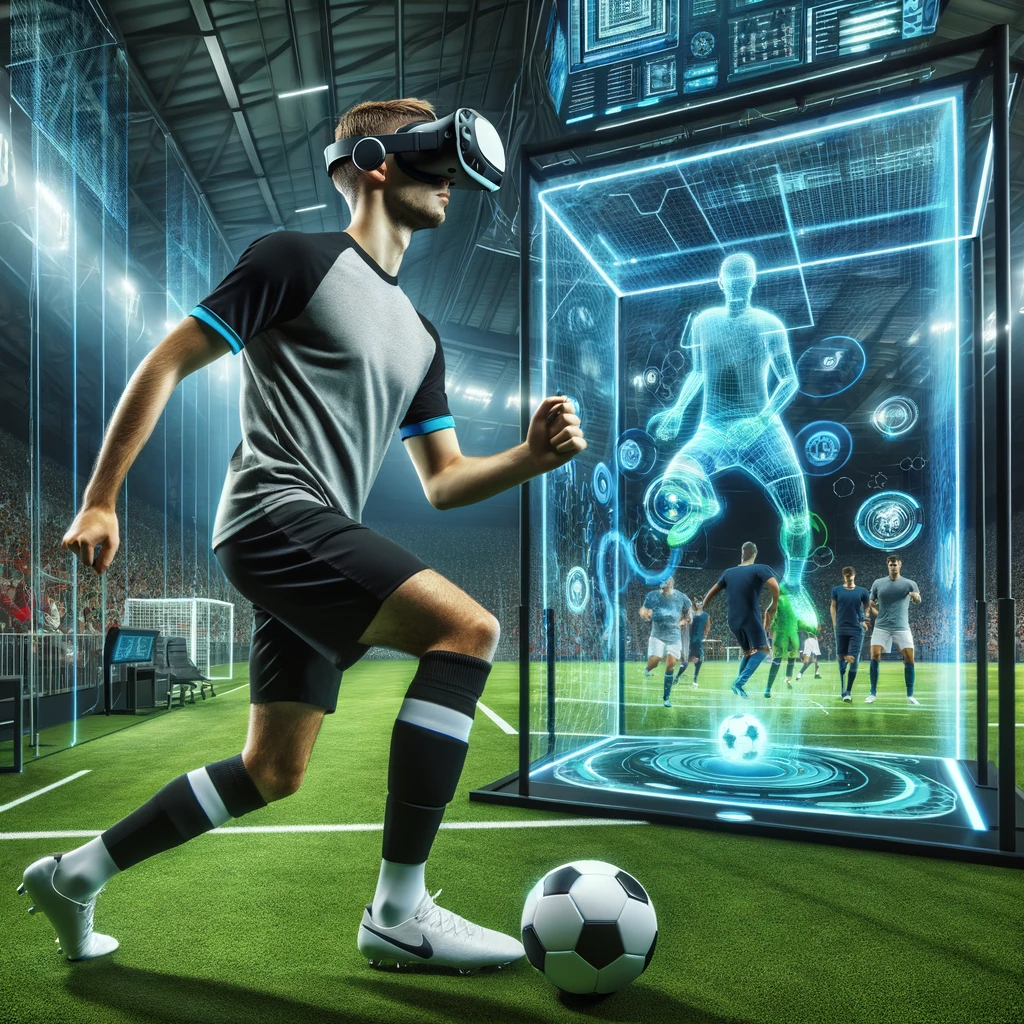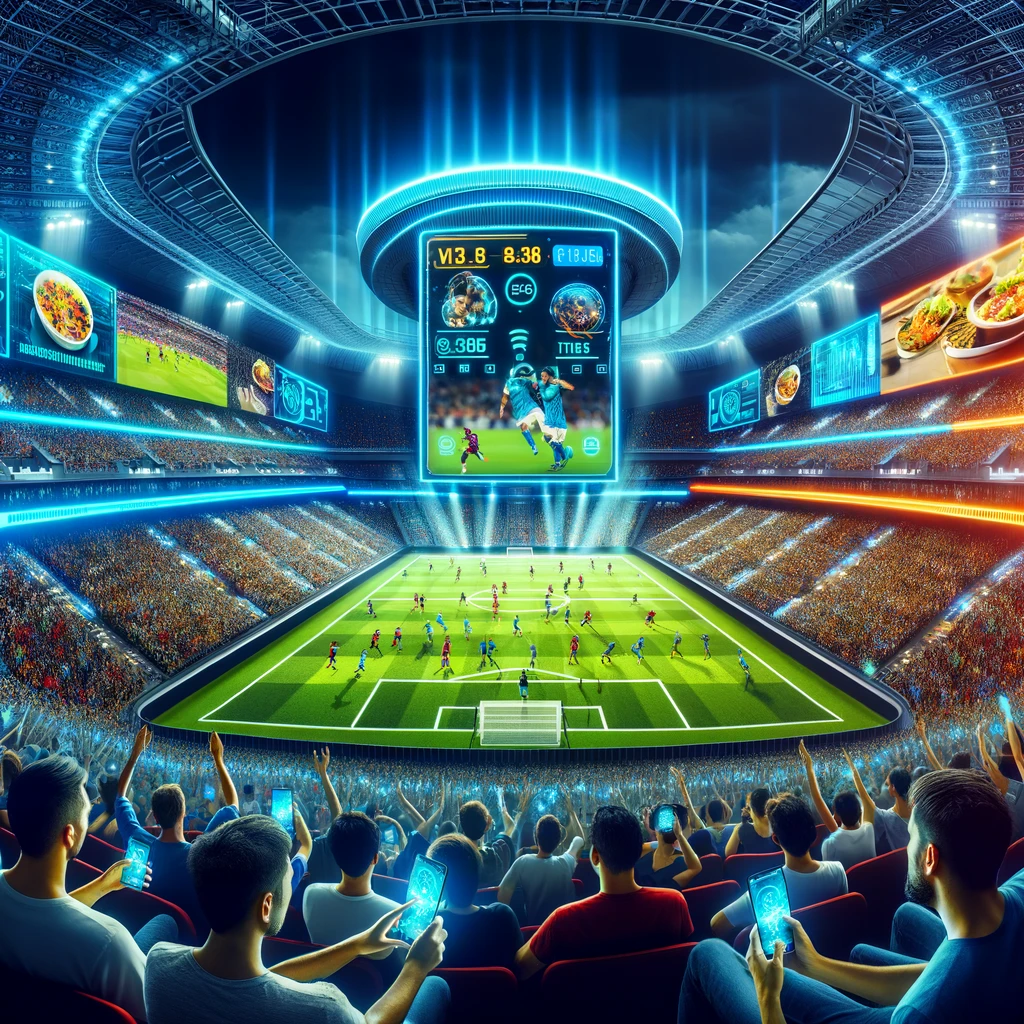In the ever-evolving landscape of sports, technology has emerged as a game-changer, transforming how athletes train, compete, and how fans engage with their favorite sports. From the incorporation of advanced analytics to the use of wearable technology, the infusion of tech innovations is reshaping the competitive world as we know it.
The Advent of Technology in Sports
It’s fascinating to observe how technology has seamlessly integrated into the fabric of sports. For example, the application of 1win showcases the intersection of digital advancement and sports betting, providing a user-friendly platform for enthusiasts – https://1winu.in/application/. This blend of technology not only enhances the viewing experience but also opens new avenues for engagement and analytics in sports.
Wearable Tech and Athlete Performance
Wearable technology stands at the forefront of sports innovation, offering detailed insights into athlete performance and health. Devices such as fitness trackers, smartwatches, and sensor-equipped clothing collect data on heart rate, sleep patterns, and exertion levels. This information is crucial for:
- Personalizing training regimens: Coaches can tailor workouts to the specific needs of each athlete, optimizing performance while minimizing the risk of injury.
- Monitoring health and recovery: By tracking vital signs and activity levels, teams can ensure athletes are at their peak condition for competition.
- Enhancing gameplay strategy: Real-time data on player movements and stamina can inform strategic decisions during a game.
Video Analysis and Coaching
The power of video analysis cannot be overstated in modern sports. Coaches and players use footage to dissect gameplay, understand opponent strategies, and refine techniques. This tool has become indispensable for:
- Improving team dynamics: Analyzing plays helps identify strengths and weaknesses in team coordination.
- Enhancing individual skills: Athletes can view their performance to correct mistakes and improve technique.
- Scouting and preparation: Teams gain insights into opponents’ tactics, enabling better preparation for upcoming matches.
Fan Engagement and Digital Platforms
Technology has revolutionized the way fans connect with sports. Through social media, streaming services, and dedicated apps, enthusiasts have unprecedented access to content, insights, and communities. This digital transformation includes:
- Live streaming: Fans can watch events in real-time from anywhere in the world, ensuring they never miss a moment.
- Interactive platforms: Applications and websites offer immersive experiences, from fantasy leagues to betting sites like 1win, enhancing the excitement of sporting events.
- Social media: Athletes and teams use these platforms to share updates, engage with fans, and build a global community.

The Future of Sports Technology
Looking ahead, the integration of technology in sports is set to deepen, with emerging innovations such as virtual reality (VR) and augmented reality (AR) poised to further transform the industry. These technologies promise to:
- Improve training techniques: VR and AR can simulate real-life game situations for practice, without the physical strain.
- Enhance viewer experiences: Fans could get virtual seats at their favorite events, experiencing the action as if they were there.
- Expand analytics capabilities: Advanced data analysis tools will offer even more nuanced insights into performance and strategy.
Smart Stadiums and Enhanced Spectator Experiences
The concept of smart stadiums is revolutionizing the spectator experience, leveraging technology to make attending live sports events more interactive, comfortable, and engaging. These state-of-the-art venues are equipped with high-speed Wi-Fi, interactive seat upgrades, mobile ticketing, and even in-seat concession ordering, ensuring that fans have everything they need at their fingertips. Furthermore, giant LED screens and augmented reality (AR) features provide immersive replays and stats, enhancing the viewing experience beyond the action on the field. RFID technology for contactless entry and payments, along with apps that guide fans to their seats or the shortest concession stand lines, exemplify how technology is utilized to streamline operations and improve crowd management. Smart stadiums not only elevate the enjoyment of attending live events but also highlight the growing synergy between technology and sports, creating a connected and memorable experience for spectators.

In conclusion, technology in sports is not just changing the game; it’s redefining it. As we look to the future, the possibilities seem limitless, with innovations continuing to push the boundaries of what’s possible in competition, training, and fan engagement. The intersection of sports and technology not only enriches the experience for athletes and fans alike but also paves the way for a new era of competition that is more inclusive, engaging, and thrilling than ever before.

0 comments